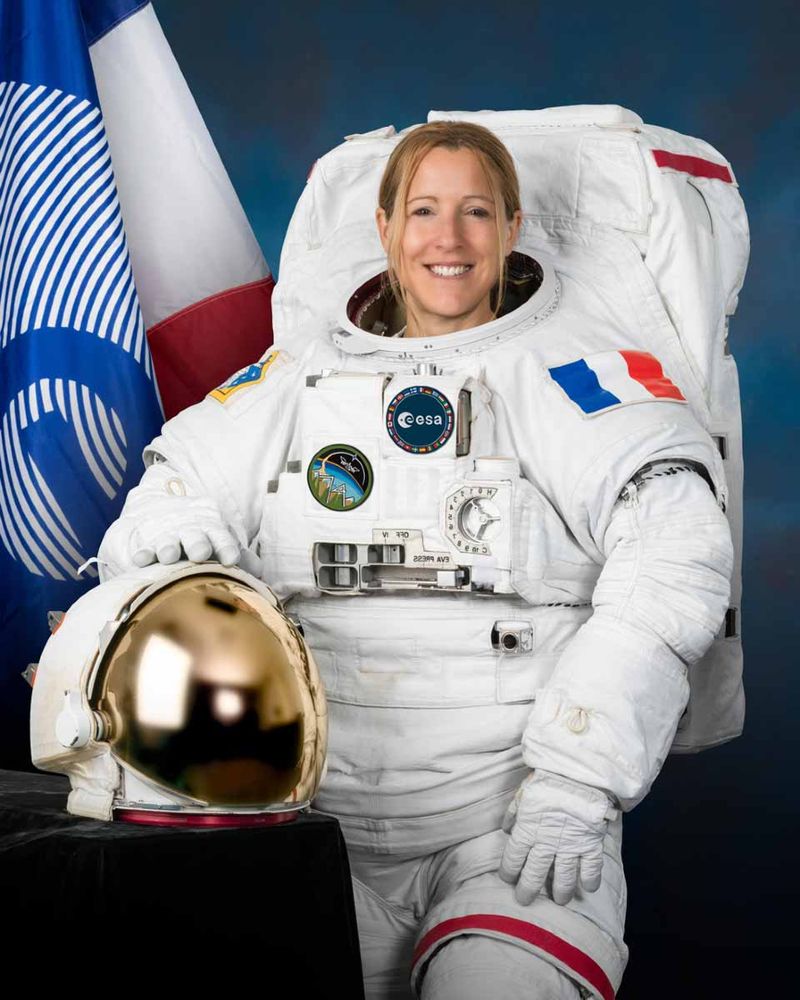

Image Credit & Copyright: Alvaro Ibanez Perez
apod.nasa.gov/apod/ap25112...

Image Credit & Copyright: Alvaro Ibanez Perez
apod.nasa.gov/apod/ap25112...


📸 ISAS (MMX) & @astroaure.bsky.social (IDEFIX)

📸 ISAS (MMX) & @astroaure.bsky.social (IDEFIX)
Illustration Credit & Licence: Wikipedia, Pablo Carlos Budassi
apod.nasa.gov/apod/ap25112...

Illustration Credit & Licence: Wikipedia, Pablo Carlos Budassi
apod.nasa.gov/apod/ap25112...
Voyager 2 grabbed it on 25 June 1979 when it was already down to 12 million kilometres and still closing fast.
photojournal.jpl.nasa.gov/catalog/PIA0...
Pic by NASA/JPL
🔭 🧪 #science
1/4

Voyager 2 grabbed it on 25 June 1979 when it was already down to 12 million kilometres and still closing fast.
photojournal.jpl.nasa.gov/catalog/PIA0...
Pic by NASA/JPL
🔭 🧪 #science
1/4
Have fun

Have fun
www.insu.cnrs.fr/fr/cnrsinfo/...

www.insu.cnrs.fr/fr/cnrsinfo/...

An equatorial coronal hole is facing Earth. We should expect some high-latitude aurora activity from this on or around 27 Nov.
Some interesting looking prominences are visible on images from the ground-based Solar Flare Telescope at Mitika, Japan.
#spaceweather
#g7izu





Image Credit & Copyright: Rolando Ligustri
apod.nasa.gov/apod/ap25112...

Image Credit & Copyright: Rolando Ligustri
apod.nasa.gov/apod/ap25112...
Aussi d'après l'expérience des stations orbitales 1,5 t c'est en théorie de quoi convenir aux besoins de 4 astronautes pendant environ un mois et demi.

Aussi d'après l'expérience des stations orbitales 1,5 t c'est en théorie de quoi convenir aux besoins de 4 astronautes pendant environ un mois et demi.
La bombe à antimatière, c'est pas pour demain.

La bombe à antimatière, c'est pas pour demain.

The distant planet is currently located a few degrees south of the Pleiades star cluster (M45). Uranus is easy to spot with a set of binoculars. Refer to the chart and search for a pale blue "star".
#stargazing

The distant planet is currently located a few degrees south of the Pleiades star cluster (M45). Uranus is easy to spot with a set of binoculars. Refer to the chart and search for a pale blue "star".
#stargazing
Image Credit: Radio: S. Mantovanini & the GLEAM team; Visible: Axel Mellinger (milkywaysky.com)
apod.nasa.gov/apod/ap25111...
Image Credit: Radio: S. Mantovanini & the GLEAM team; Visible: Axel Mellinger (milkywaysky.com)
apod.nasa.gov/apod/ap25111...
A : 500
B : 1500
C : 5000
D : 10000
*officiel car adopté par l'IAU (Union astronomique internationale)

A : 500
B : 1500
C : 5000
D : 10000
*officiel car adopté par l'IAU (Union astronomique internationale)
Cette immense structure a été mise en évidence grâce aux données des satellites Gaia et TESS.
Le papier "Lost Sisters Found: TESS and Gaia Reveal a Dissolving Pleiades Complex" est disponible ici :
arxiv.org/abs/2511.07533

Cette immense structure a été mise en évidence grâce aux données des satellites Gaia et TESS.
Le papier "Lost Sisters Found: TESS and Gaia Reveal a Dissolving Pleiades Complex" est disponible ici :
arxiv.org/abs/2511.07533
Elles sont au centre d'une structure bien plus vaste contenant un nombre considérable d'étoiles réparties sur plus de 600 parsecs, maintenant appelée "Complexe des Grandes Pléiades"
1/2

Elles sont au centre d'une structure bien plus vaste contenant un nombre considérable d'étoiles réparties sur plus de 600 parsecs, maintenant appelée "Complexe des Grandes Pléiades"
1/2
Cette image est une véritable prise de vue du télescope spatial James Webb, pas une illustration d'artiste.
Elle montre 4 enveloppes de poussière enroulées autour d'une paire d'étoiles Wolf-Rayet nommées Apep, qui se croisent tous les 190 ans en éjectant de la poussière carbonée.
1/2

Cette image est une véritable prise de vue du télescope spatial James Webb, pas une illustration d'artiste.
Elle montre 4 enveloppes de poussière enroulées autour d'une paire d'étoiles Wolf-Rayet nommées Apep, qui se croisent tous les 190 ans en éjectant de la poussière carbonée.
1/2
www.astrobin.com/pvskb0/
#astrophotography

www.astrobin.com/pvskb0/
#astrophotography
Read more 👉 www.esa.int/Science_Expl...
🧪 🔭

Read more 👉 www.esa.int/Science_Expl...
🧪 🔭

